15 Gentle Ways To Discipline Your Dog Without Causing Harm

Training your dog doesn’t have to involve harsh punishment or fear. Dogs respond best to positive guidance and clear communication.
These gentle discipline methods will help you build a stronger bond with your furry friend while effectively addressing unwanted behaviors.
1. Positive Reinforcement
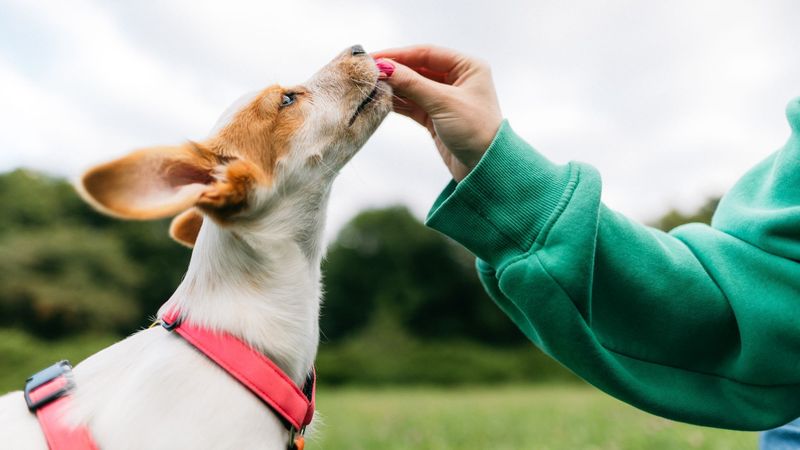
Treats, praise, and pets become powerful teachers when given immediately after good behavior. Your pup quickly connects the dots between their actions and these pleasant rewards.
A simple ‘good dog!’ paired with a small treat reinforces sitting politely or coming when called. This approach builds confidence rather than fear, making training a joyful experience for both of you.
2. Time-Outs

When your pup gets too rowdy, calmly guide them to a quiet space for a brief 1-2 minute break. No need for anger or scolding – simply remove the fun temporarily.
This isn’t about punishment but helps them reset their emotions. The key is consistency and brevity – long time-outs lose their effectiveness and can cause anxiety instead of learning.
3. Redirecting Behavior

Spot your puppy chewing your favorite shoes? Swiftly offer an appropriate toy instead. This simple swap teaches what’s acceptable without scolding.
For jumping dogs, ask for a sit before giving attention. Redirection works because it gives your dog a positive alternative rather than just saying ‘no.’ Your furry friend learns which behaviors earn rewards.
4. Consistent Commands
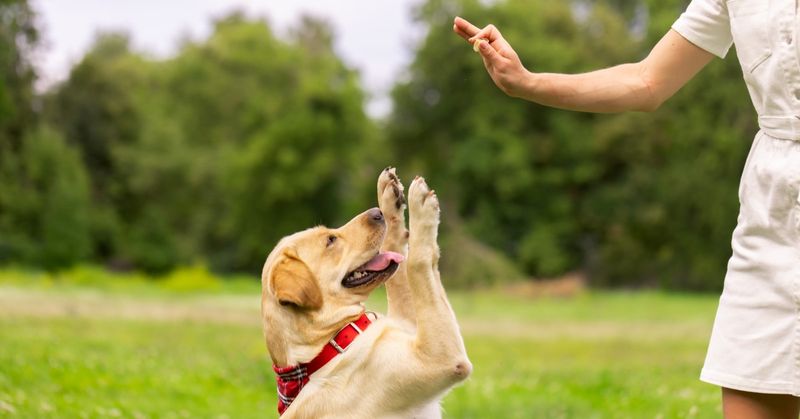
Your dog thrives on predictability. Using ‘down’ one day and ‘lie down’ the next creates confusion, not cooperation.
Keep commands short, clear, and always the same. Everyone in your household should use identical words and hand signals. This consistency helps your pup understand expectations quickly and builds their confidence in responding correctly.
5. Clicker Training
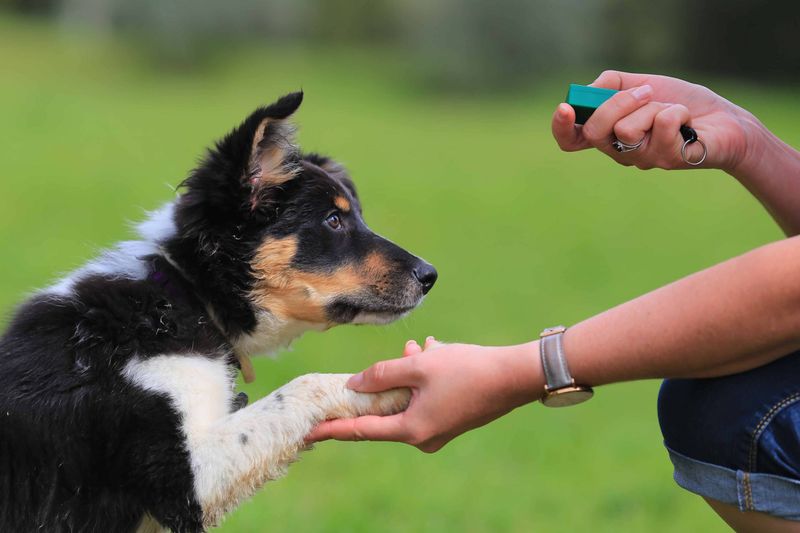
That small clicking sound becomes magical when paired with treats. The precise timing marks the exact moment your dog does something right, creating a clear communication bridge between you.
Start by clicking and treating simultaneously until your dog makes the connection. Soon you’ll see ears perk up at the sound, knowing reward follows. This precise marking system speeds up learning remarkably.
6. Set Clear Boundaries
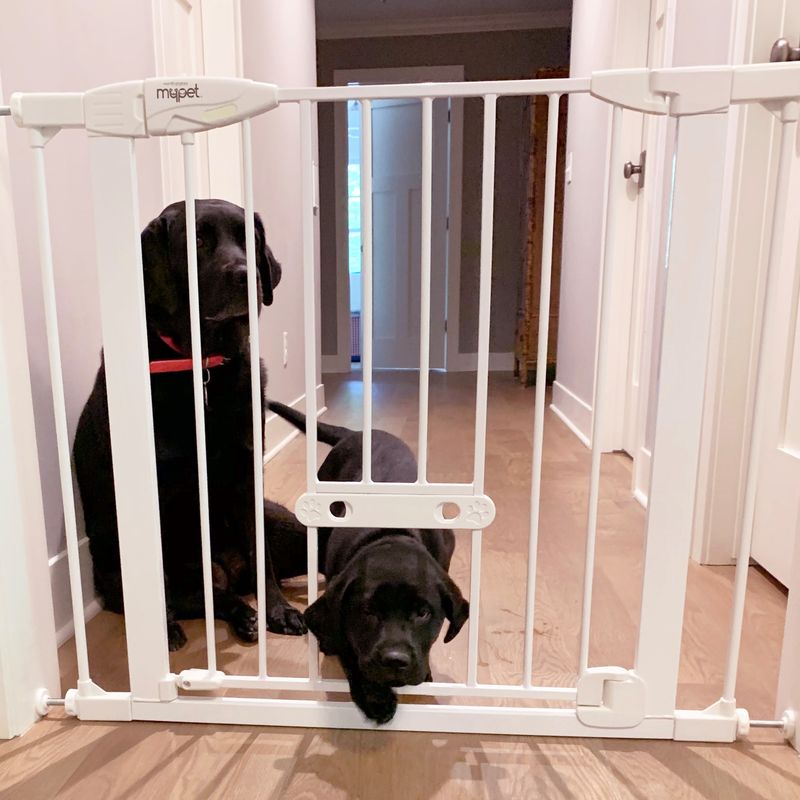
Dogs actually feel safer when they understand the rules. Decide which furniture is off-limits or where food can be enjoyed, then consistently enforce these boundaries.
Baby gates, leashes, or closed doors help during training phases. The goal isn’t restriction but clarity – your dog learns where they belong and what’s acceptable, reducing confusion and anxiety about expectations.
7. Reducing Excitement Levels
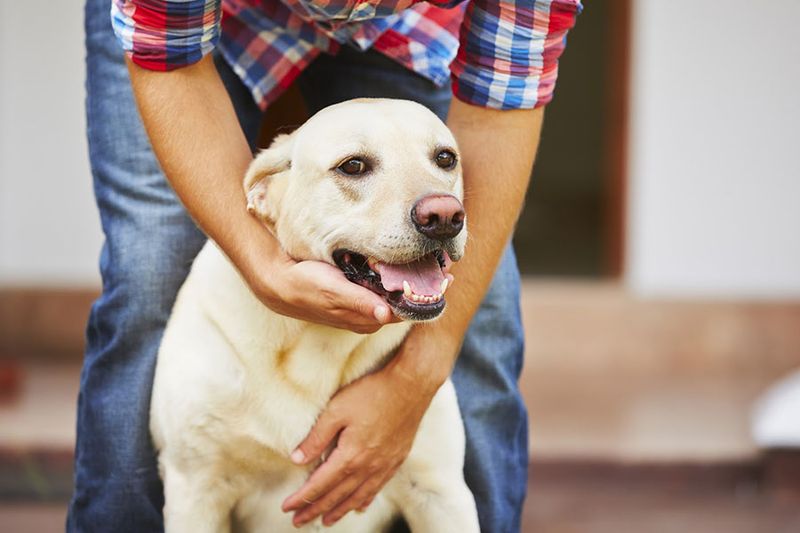
An overexcited dog simply can’t focus on learning. Before training, take your energetic pup for a brisk walk or play session to burn off extra energy.
Watch for calmer body language – slower breathing, relaxed ears, and gentle movements. This mental state creates the perfect learning opportunity. Training sessions with a tired dog are significantly more productive than battling against pent-up energy.
8. Using Calm Body Language
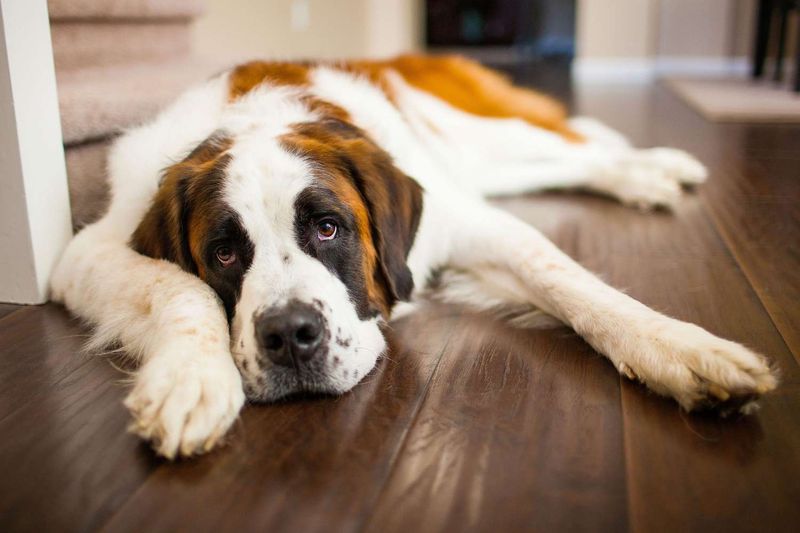
Dogs read your posture and energy like an open book. Crossed arms, looming over them, or tense movements can trigger fear or defensiveness even when your words are gentle.
Practice relaxed shoulders, slow movements, and a calm voice during training. Your dog mirrors your emotional state, so maintaining composure, even when frustrated, becomes your secret training superpower.
9. Positive Distraction
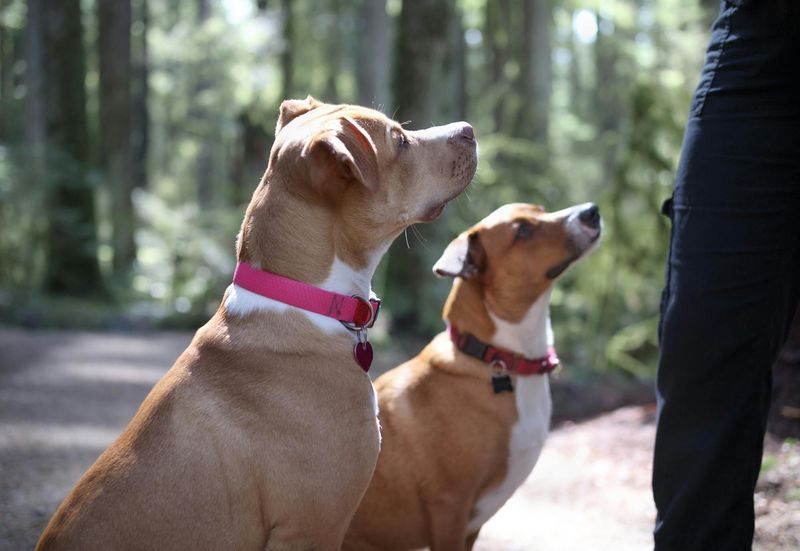
Spot your pup eyeing the trash can? Quickly jingle keys or grab a toy before mischief happens. This interrupts the unwanted behavior without punishment.
The trick is timing – distract before, not during the behavior. Follow with an appropriate activity they can enjoy. This technique prevents problems rather than correcting them after the fact, making training more pleasant.
10. Treating Separation Anxiety

Build confidence by practicing mini-departures. Leave for 30 seconds, return calmly, then gradually extend your absence as your dog relaxes with the routine.
A special toy reserved for alone time creates positive associations. Avoid dramatic goodbyes or excited returns which heighten anxiety. Patient practice transforms a panicked pup into one who rests comfortably during your absence.
11. Praise For Calm Behavior

Catch your dog being good! Notice those precious moments when your pup quietly chews their toy instead of barking at passing neighbors.
A gentle pat and soft ‘good quiet’ reinforces this natural calmness. Most owners only react to problems, missing chances to strengthen good behavior. This simple shift in attention creates a dog who knows relaxation earns connection.
12. Gentle Leash Corrections

When your eager explorer pulls ahead, simply stop walking. Wait patiently until slack returns to the leash before moving forward again.
This technique teaches that pulling achieves the opposite of what your dog wants – forward movement. No yanking needed! Consistent practice creates a dog who checks in with you regularly and walks politely by your side.
13. Use Of Positive Associations

Transform scary experiences into pleasant ones through clever pairing. The dreaded nail trimmer appears? Treats rain from the sky! Groomer visit approaching? Special car rides with fun destinations come first.
These positive connections gradually override fear responses. Your dog learns that previously frightening situations predict good things. This emotional rewiring prevents anxiety-based behaviors before they start.
14. Modeling Desired Behavior

Dogs learn by watching others. When teaching calmness around visitors, demonstrate relaxed sitting yourself while rewarding your dog for copying you.
This monkey-see-monkey-do approach works beautifully with multiple dogs too. Praise the well-behaved dog first, and watch how quickly others follow suit to earn similar attention. Your example becomes a powerful, silent teacher.
15. Be Patient And Consistent
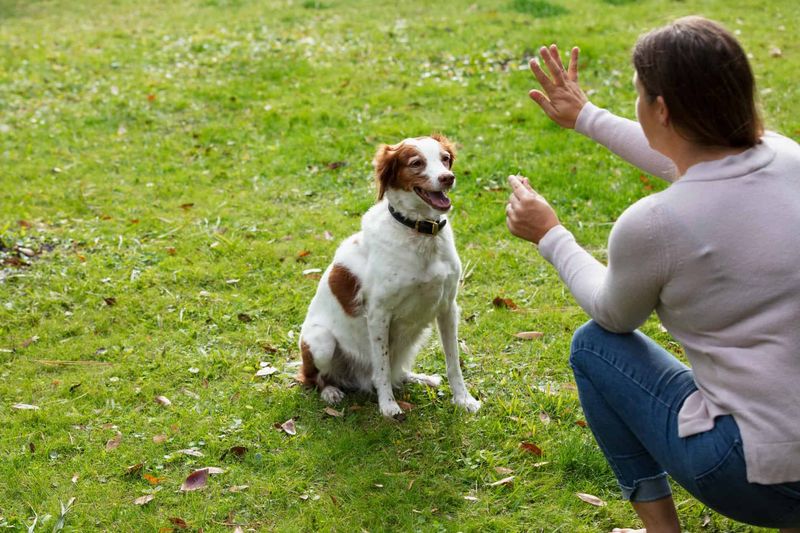
Rome wasn’t built in a day, and neither is a well-behaved dog. Expect progress to come in small steps with occasional backsliding during stressful times.
Celebrate tiny improvements rather than expecting perfection. Consistency matters more than intensity – five minutes of daily training beats an occasional hour-long session. Your steady patience creates a secure foundation for lasting good behavior.






